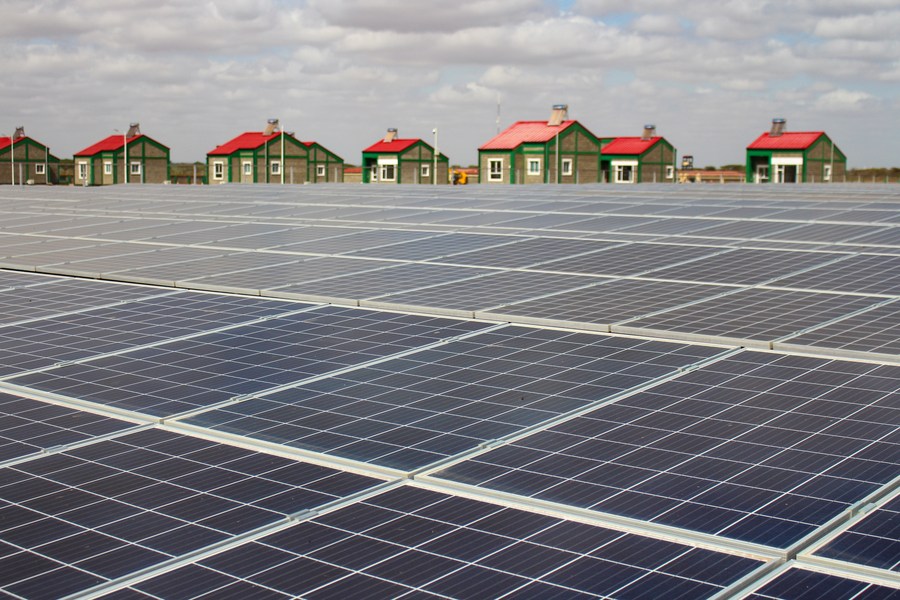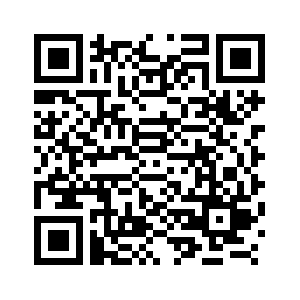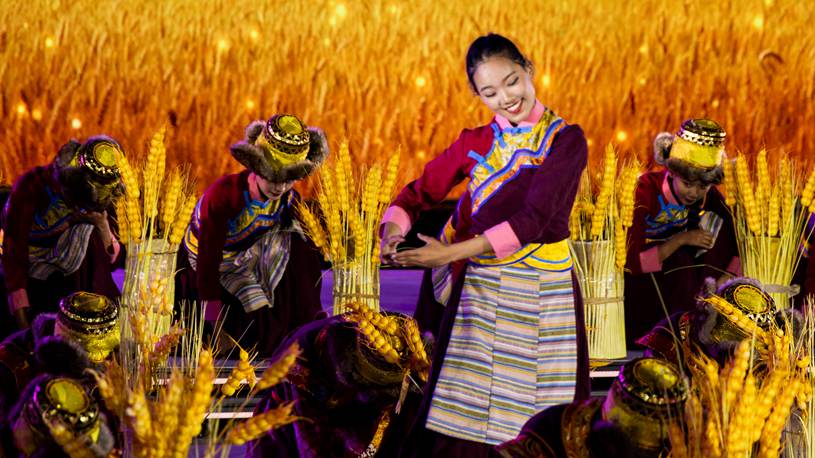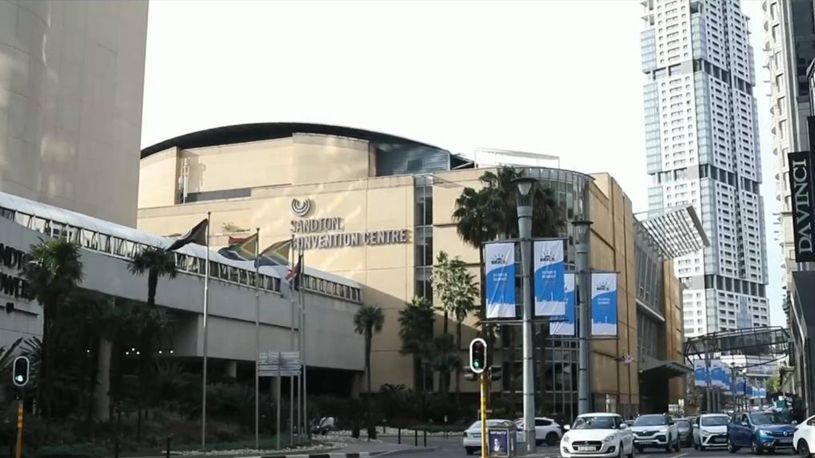
This aerial photo taken on Feb. 15, 2019, shows the Garissa Solar Power Plant in northeastern Kenya. (Xinhua)
The electricity generated from Garissa Solar Power Plant, hailed as a hidden gem of Kenya, is enough to power 70,000 homes, offsetting some 43,000 tonnes of carbon dioxide (CO2) emissions annually.
NAIROBI, Aug. 26 (Xinhua) -- Some 14 km from Garissa town, located in northeastern Kenya, sits one of the country's hidden gems in the energy sector.
Known as the Garissa Solar Power Plant, the 55 megawatts (MW) facility is the "largest grid-connected solar power plant in east and central Africa," according to Kenya's Rural Electrification and Renewable Energy Corporation (REREC).
The 136-million-U.S. dollar plant, which covers an area of 85 acres (about 34.40 hectares), was financed by the Export-Import Bank of China and built by China's Jiangxi Corporation for International Economic and Technical Cooperation. It is a sea of beautiful black panels, arranged in a splendid line, and stretching further.
The project, the first major solar plant to tap into Kenya's vast solar resources, was connected to the national grid in September 2018 and commissioned in 2019, as the East African nation diversified its power generation to reduce energy costs.

This photo taken on Nov. 11, 2018, shows the Garissa Solar Power Plant in northeastern Kenya. (Xinhua)
Kenya generates some 87 percent of its electricity from renewable sources, particularly geothermal, hydropower, solar and wind energy, according to the Energy and Petroleum Regulatory Authority (EPRA), with the installed photovoltaic capacity currently standing at 210 MW, up from 170 MW in mid-2022.
Thanks to increased capacity, the country's solar power generation jumped from 7.44 million kilowatts per hour (kWh) a month in 2021 to an average of 30 million kWh a month currently, EPRA said.
Half of the solar power generated comes from the Garissa Solar Power Plant, which contributes to 2 percent of the national energy mix, leading to the reduction of energy costs as well as promoting the development of clean, reliable and sustainable electricity.
The electricity generated from the project is enough to power 70,000 homes, offsetting some 43,000 tonnes of carbon dioxide (CO2) emissions annually, said REREC in a report.
Hannington Gochi, a renewable energy expert at REREC, said that the plant was established in the semi-arid Garissa County because of its abundant solar resources. Besides that, the area was running on diesel-powered generators that had turned out to be expensive and unsustainable.
Kenya boasts vast energy resources in sub-Saharan Africa due to its strategic position on the equator.
The Kenyan government, therefore, chose to tap into the area's high solar intensity to support the grid and power lines constructed to serve residents.
"There has been increased investment in Garissa due to the low-cost power as well as several small businesses like welding workshops. The solar plant has also created jobs directly and indirectly," Gochi said, adding that the employment comes from things like cleaning the panels.
Elizabeth Wanjiku, who owns a food stall in Garissa town, said that in the past, she used to rely on generators to run her business, in particular the refrigerator where she preserved her food.
"But right now we are using electricity, which is more reliable. The town is connected to the national grid after the solar plant was set up, making us benefit. The power blackouts are now fewer," she said in a recent interview.
She credits the success of her business that serves the town's workers to reliable power, as there is no more food waste.
Harun Jaya, a local farmer, said with reliable electricity, he is able to pump water to irrigate his farm where he grows crops like tomatoes for sale in the dry area that mainly imports its food.
Daniel Bargoria, EPRA director-general, noted that Kenya's commitment to produce 100 percent of electricity from renewable sources is on course. "The renewable energy sub-sector continues to witness positive growth which demonstrates the commitment to promote clean energy," Bargoria said.
Bargoria added that the government has prioritized the development of renewable energy production from geothermal, wind and solar plants to facilitate Kenya's quest to attain 100 percent transition to clean energy by 2030.
David Chirchir, cabinet secretary in the Ministry of Energy and Petroleum, said in a recent interview that the government would tap more into green energy sources like solar to bring down the cost of electricity.
"We are ahead compared to the rest of the world in terms of renewable energy, which comes at a quite affordable cost," Chirchir said at a Green Energy Conference held recently in Nairobi, the Kenyan capital.
According to Chrichir, Kenya is undertaking a bold green growth initiative that will transition the country to 100 percent renewable energy by 2030.
Part of the strategy by the government involves deploying solar mini-grids to serve communities in far-flung areas.
The East African nation currently has 62 operational solar mini-grids while 28 are under construction. ■












